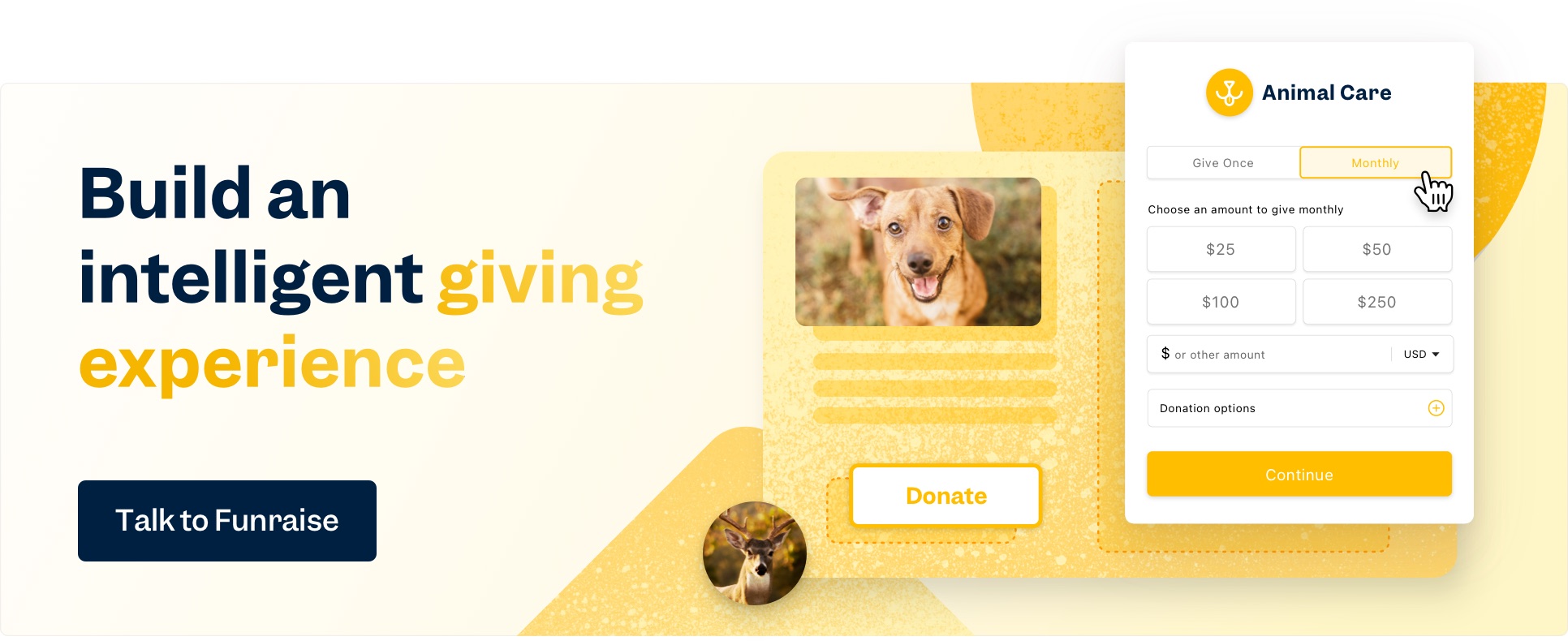Justin is Funraise's CEO, a co-founder, and a bad-ass, experienced nonprofit fundraiser. Like a true fundraiser-turned-founder, he breaks down the concepts behind Funraise's mission everywhere he can make nonprofits' voices heard.
If you don't have time to watch the video (it's worth it, we promise!), read on for the highlights.
Fundraising Trends for Successful Nonprofits
Giving is an emotional decision. As nonprofiteers, there's not one of us who hasn't been on the giving side of a donation in addition to our work on the fundraising side. Here are three trends that I've seen successful fundraisers employ—and how you can use them to increase your impact.
1. Storytelling Matters
- Rather than centering the donor in your nonprofit's story, make sure the story's all about your constituents—the real heroes. Give donors a supporting role in your active story, and give them an opportunity to understand the impact they've contributed to.
- Deliver on your promises—Donors want to see the impact being made, not get continued assurances that it will happen eventually.
2. Conversion is Critical
- Contextual giving means that you make the right ask at the right time. Embed the ask in the story. Don't make the donor wait until the story's over or navigate to another page to act on their feelings.
- For Action Against Hunger, an immediate ask (as opposed to a delayed ask) increased conversions by more than 78% and increased donations by 65.8%.
3. Be Data Informed
- When you let data guide your strategy, you can see tactics, characteristics, and moments that can lead your future fundraising success. Try !
- Find your Easter Egg! There are hidden gems in your data if you know where to look. (And Fundraising Intelligence is like putting on data glasses.) For example, Prostate Cancer Foundation looked at their donor profile and discovered that their average donor wasn't a man facing prostate cancer or a survivor, but a woman or child of a cancer patient. So they changed their approach and began marketing to a new target audience: women.





Start For Free










































.webp)
.webp)

.webp)
.webp)
.webp)




